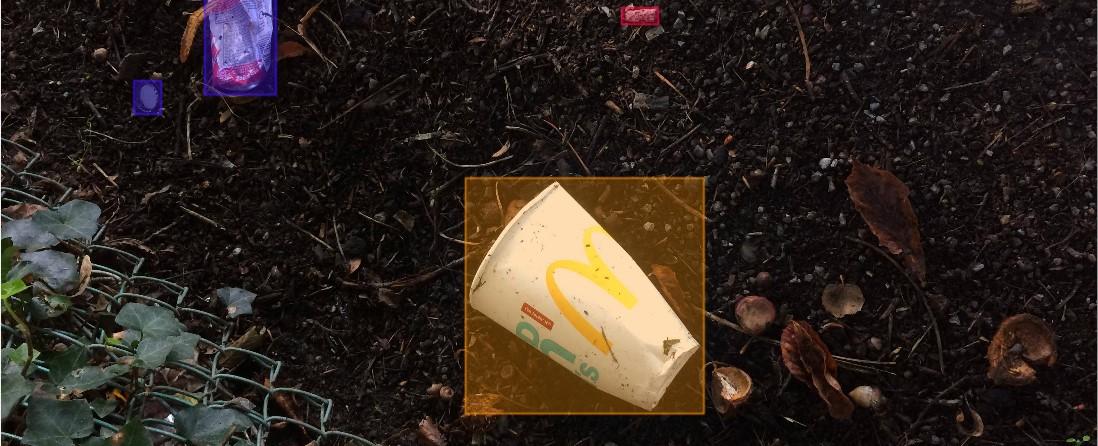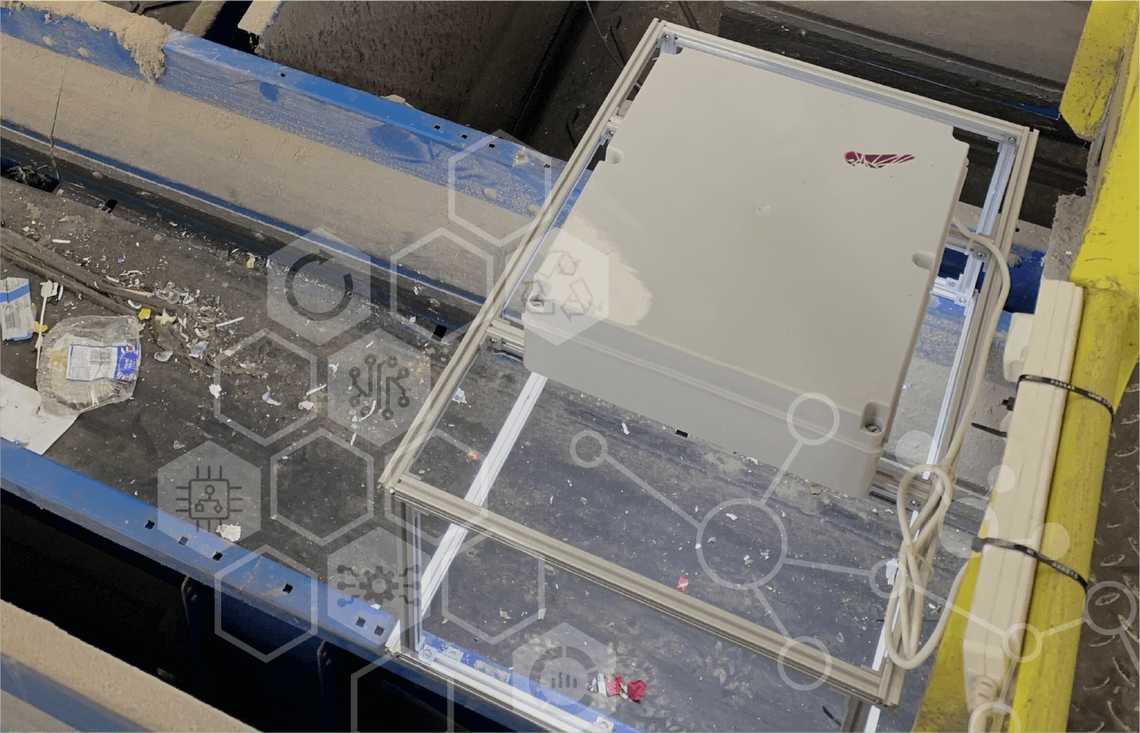
Current status with pollution
The developments in technology, along with the increase in production and industrial activities has brought the overconsumption problem. According to 2021 estimates, the World’s population has reached 7.9B and the constant consumption of these people has created many problems. Global pollution is one of them.
According to World Bank researchers, more than 2B tonnes of solid waste is produced annually. Moreover, this amount is ten times higher than what it was a century ago. Paper, yard trimming and food waste is creating the largest portion of the waste that is created by citizens. The cup of your morning coffee or the receipt that you’ve thrown after shopping might seem quite innocent, but the garbage we produce every day poses a threat to nature and human health, as well as causes resource depletion, if they are not recycled. Thankfully, people are now aware of this problem and with the cooperation of communities, NGOs and companies it is possible to prevent the negative effects created by the increase in pollution on a global scale. At this point, artificial intelligence offers various solutions to get ahead of pollution.
Waste Management Systems
50% of the waste we have created is landfilled or recovered by methods such as recycling and power generation, while the other half is dumped in the wild or burned. This situation shows to us that waste management carries out a great importance in order to ensure that the waste is reused in the most efficient way. Solutions developed thanks to the abilities of AI such as rapid decision making and autonomous operation, can be helpful in sorting the waste properly and gaining insights about them. An AI model trained with the appropriate dataset makes it possible for cameras to recognize waste and distinguish whether any object is waste or not. The AI driven waste analysis system that is developed by Greyparrot, a London based tech startup, is a good example for the solutions which can be used for a better waste management powered by AI. Greyparrot’s waste analysis product informs the facility managers about the issues such as the type and frequency of a waste processed in the recovery facilities or how the waste management process is carried out, by virtue of computer vision. Thus, the recycling process of the waste can be conducted with higher efficiency.

Waste Detection in Urban Areas
Another field that AI driven computer vision is used for is waste detection in urban areas. Analyzing the areas that the waste is usually present helps to optimize the cleaning services conducted by the municipalities. By using the cameras located in various points in the city, detailed insights about the location, distribution and the content of the waste can be obtained. As a result, the teams responsible for waste management can be able to make better decisions about how the waste is collected and recycled. Also, with the help of AI the inspection process of the camera data can be conducted with minimum human interaction, almost 100% autonomously. On top of that, a flawless AI model prevents the problems caused by human error and makes it possible to conduct this service 24/7.
How can AI help?
It is really important to train the AI model properly in the development process of an AI driven computer vision project to prevent pollution. An AI model that is trained by a comprehensive dataset is responsible for detecting and classifying various types of waste with no mistakes in such a project. With the help of data annotation, the elements that wanted from the AI model to recognize are identified. By this way, the model can distinguish the waste from the other objects in any image. To ensure that, the data annotation process must be conducted by a successful and experienced team because an AI model trained with dirty datasets may cause problems.
How can we help?

At Co-one, we are annotating datasets related with municipal solid waste to support the projects developed for preventing pollution and to make an effort for the improvements in AI. The AI driven projects developed with the help of the datasets annotated by the Bounding Box method at Co-one may take an active role for solving the problems about global pollution and waste management. By using our working model that is built on perfect data labeling, cross validation and agile tracking, we convey the annotated datasets needed by the developers with perfect correctness rate in a glimpse.
By sharing the open source datasets annotated at Co-one, our service ensures for the teams wishing to develop AI projects to reach the high quality annotated data they need. We are aware of the fact that AI is a unique method for creating innovative solutions to fight global problems and we are participating in this process with our perfect data annotation service.
Want to reach the open datasets or learn more about the data annotation service offered by Co-one? Contact us!


